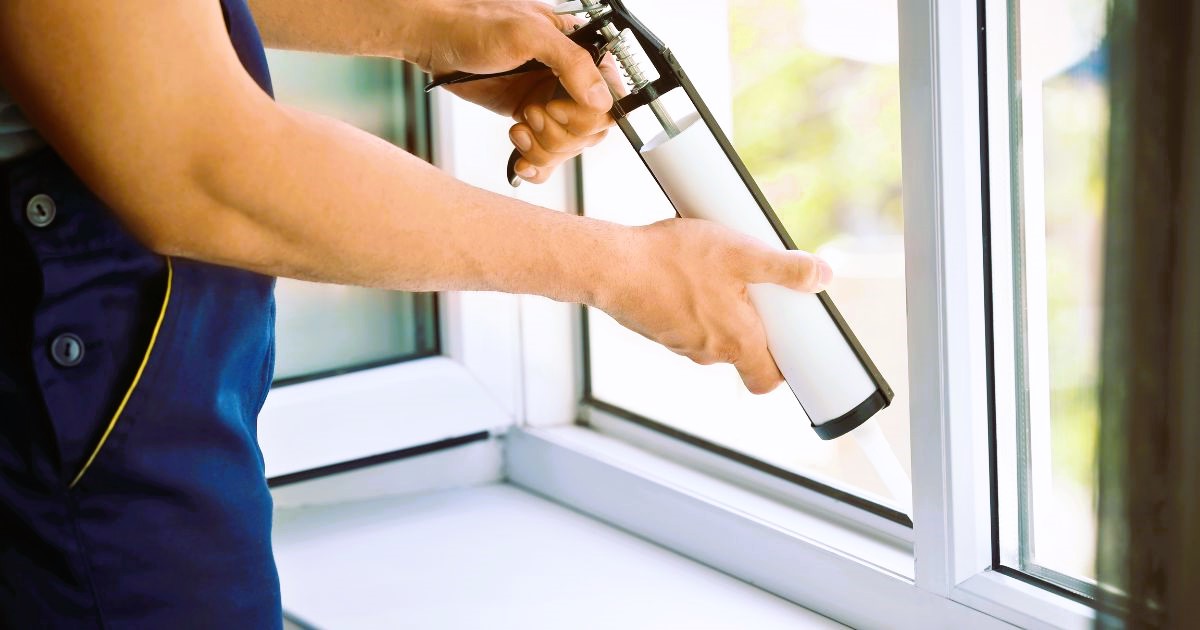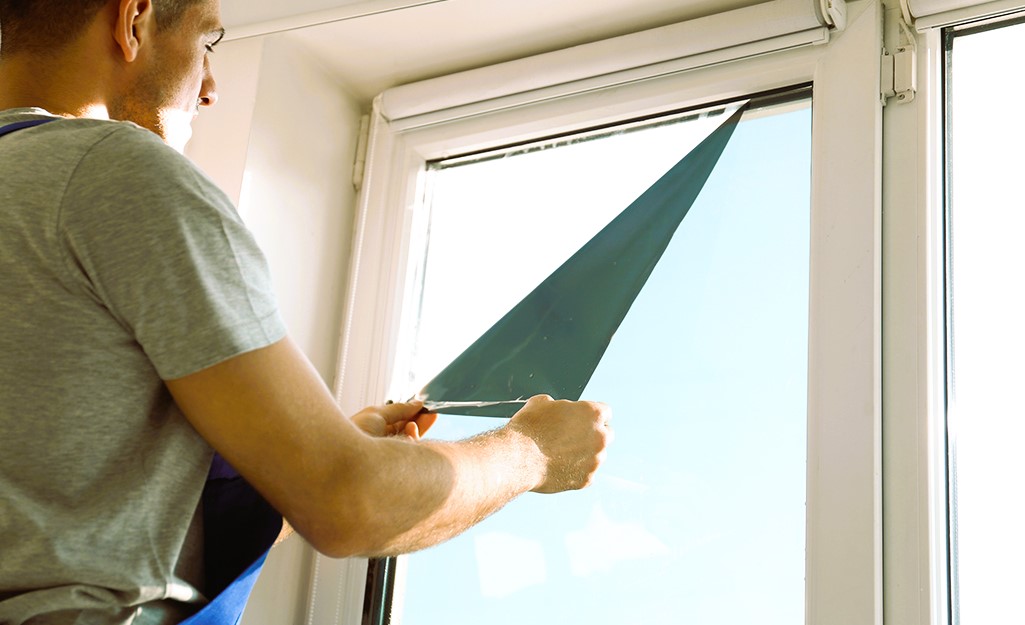
Weatherproofing Your Windows: Ensuring Year-Round Aurora Visibility
For avid aurora enthusiasts, having clear and unobstructed views of the northern lights is essential for enjoying this breathtaking natural spectacle to the fullest. However, changing weather conditions can pose challenges to maintaining optimal visibility throughout the year. To ensure year-round aurora visibility, it’s crucial to weatherproof your windows effectively. In this article, we’ll explore various weatherproofing techniques and products that can help you protect your windows from the elements while preserving your view of the aurora borealis.
1. Caulking and Sealing
One of the most effective ways to weatherproof your windows is by caulking and sealing gaps and cracks around the window frames. Use a high-quality silicone or acrylic caulk to fill in any gaps between the window frame and the wall, as well as any cracks or holes in the frame itself. Be sure to inspect the caulking regularly and reapply as needed to prevent moisture infiltration and air leaks. Proper caulking and sealing not only help to keep out rain, snow, and cold drafts but also maintain airtightness for improved energy efficiency and indoor comfort.
2. Weather Stripping

Weather stripping is another essential component of window weatherproofing, providing a seal between the window sash and frame to prevent air and water infiltration. Apply self-adhesive foam or rubber weather stripping around the perimeter of the window sash to create a tight seal when closed. Ensure that the weather stripping is in good condition and replace it if it becomes worn or damaged. Weather stripping helps to reduce heat loss, minimize drafts, and improve overall energy efficiency, making it an important aspect of weatherproofing your windows for year-round aurora visibility.
3. Storm Windows
Storm windows are an effective solution for enhancing the weather resistance of existing windows and protecting them from harsh weather conditions. Install storm windows on the exterior of your existing windows to provide an additional layer of insulation and protection against wind, rain, snow, and debris. Choose storm windows with low-emissivity (Low-E) coatings to minimize heat transfer and UV radiation while maximizing visibility of the northern lights. Some storm windows also feature interchangeable glass panels or screens, allowing you to customize the level of ventilation and protection according to your preferences. Do you like the article? Read also about Soundproofing windows.
4. Window Films
Window films are thin, transparent sheets that adhere to the surface of the glass to provide additional insulation, UV protection, and security. Apply solar control window films to reduce solar heat gain and glare while preserving natural light and visibility. Anti-glare window films can help to minimize reflections and improve visibility of the aurora borealis, especially during bright moonlit nights or sunny days. Security window films offer added protection against break-ins and shattering, providing peace of mind while enjoying the beauty of the northern lights.

5. Insulated Curtains or Blinds
Insulated curtains or blinds are an easy and cost-effective way to improve the thermal efficiency of your windows and enhance year-round comfort. Choose curtains or blinds with thermal lining to provide an extra layer of insulation and block out cold drafts during the winter months. Opt for blackout curtains or blinds to minimize light pollution and maximize visibility of the northern lights during nighttime viewing sessions. Insulated curtains or blinds can also help to regulate indoor temperatures and reduce energy costs, making them a practical addition to any aurora viewing space.
Conclusion
Weatherproofing your windows is essential for ensuring year-round aurora visibility and protecting your home from the elements. By caulking and sealing gaps, installing weather stripping, adding storm windows, applying window films, and using insulated curtains or blinds, you can create a weather-resistant barrier that preserves your view of the aurora borealis while maintaining comfort and energy efficiency indoors. For more information on weatherproofing techniques and products, consult reputable sources such as Wikipedia. These resources offer valuable insights and guidance to help you weatherproof your windows effectively and enjoy the beauty of the northern lights year-round.